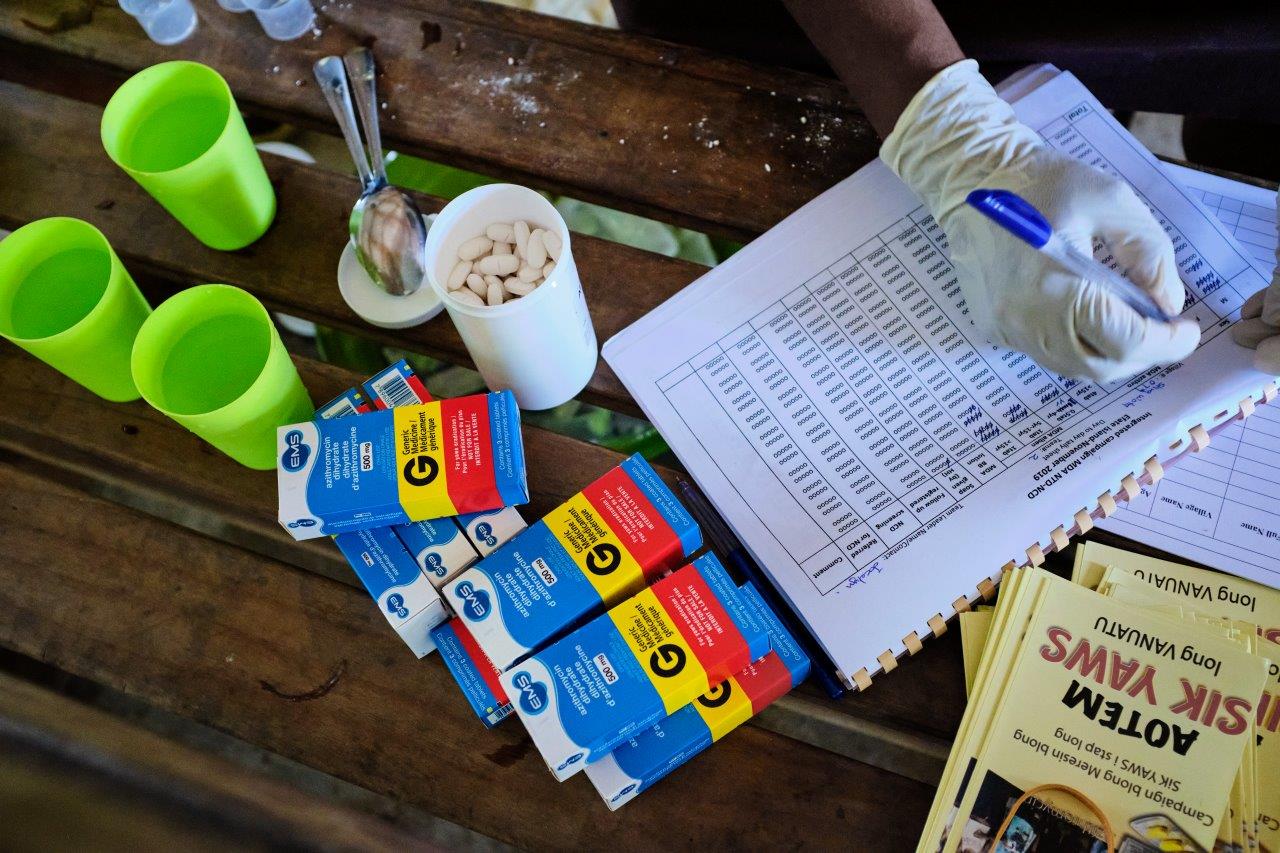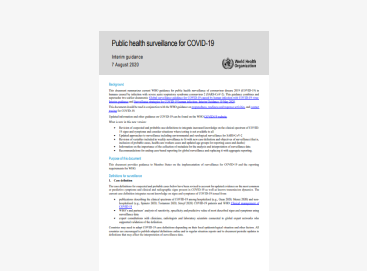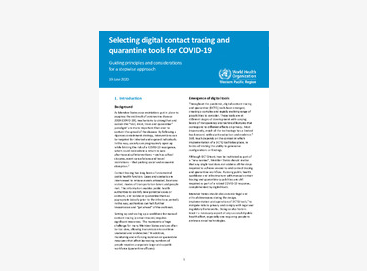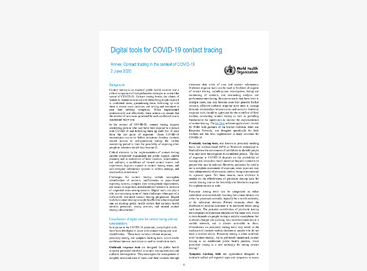Strengthening Monitoring of the Healthy
Islands vision in the Pacific
A key aspect for reaching the Healthy Islands vision across all Pacific Island Countries and Territories (PICTs) is accurately monitoring progress over time. In part to promote Pacific leadership and accountability, timely monitoring is critical to inform strategic decision making and resource allocation. As the secretariat of the Healthy Islands Monitoring Framework (the Framework), the Pacific Community (SPC) and World Health Organization (WHO), along with the Australian Institute of Health and Welfare (AIHW), are working with PICTs to thoroughly review the Framework.
During the 11th Pacific Health Ministers Meeting in April 2015, health ministers conceptualized the Framework based on the need to monitor progress and achievements towards the 2015 Yanuca Island Declaration, also known as the Healthy Islands vision. Rooted in the Sustainable Development Goals (SDGs), the Framework was intended to be an unique monitoring mechanism that can measure annual changes as well as long-term progress at the country-level. Moreover, the Framework aimed to include operational targets and indicators that are supported by country health information systems to enable biennial reporting and review.
Following the declaration, four pillars of the Framework were established based on the Healthy Islands vision: (1) Strengthening leadership, governance and accountability; (2) Nurturing children in body and mind; (3) Reducing avoidable disease burden and premature deaths; and (4) Promoting ecological balance for health. Over the course of the next two years, the Framework underwent six revisions with inputs from policy leaders, health information experts and stakeholders across the Pacific.
The current version of the Framework includes 48 mandatory indicators and 31 optional indicators, categorized into the four pillars of the Healthy Island vision. The mandatory indicators were further divided into 33 core indicators (to be updated every 1-2 years) and 15 complementary indicators (to be updated as survey data becomes available, approximately every 5-10 years). Reporting of the optional indicators are subject to national priorities and are encouraged to be incorporated into the national reporting frameworks.
Since the establishment of the Framework in 2016, two progress reports have been produced on a biennial basis. The third report, set for 2021, was interrupted by the COVID-19 pandemic. This gap, however, provided an opportunity to assess whether the Framework has achieved its intended goals. Moreover, the data reporting challenges that emerged during the development of the past two progress reports have remained unresolved. These included: 1) overlaps between the Framework and other monitoring mechanisms; 2) differences in indicator definitions and reporting requirements for various international agencies; and 3) lack of improvement in data availability or data quality over time. The objectives of this current evaluation of the Framework are to identify and resolve data challenges each PIC/T has encountered and propose recommendations for potential refinement of the Framework.
To introduce this Framework evaluation, WHO, SPC and AIHW held a webinar on Oct 14th, 2021 with attendees from health ministries across the Pacific. During the webinar, the Framework background and rationale for evaluation were presented, along with the health information system assessment tool. The next phase of this evaluation consists of workshops with health information personnel from each PIC/T. The information gleaned from these discussions will then be used to inform potential Framework refinement and guide further health information system technical support provided to each PIC/T.

Several countries have been introducing, piloting and planning the use of digital tools to enhance and speed-up case investigation and contract tracing processes.
Since March 2020, Fiji has employed an active surveillance and contact tracing system called SORMAS. Fiji was one of the last countries in the world to report its first case, yet was one of the first to implement an integrated multi-communicable disease event-based and contact tracing solution to detect early public health events requiring rapid investigation and response. Fiji also implemented a proximity tracking tool called CareFiji in June 2020 to digitally augment the country’s contact tracing efforts to continuously to detect and record close proximity of individuals through the use of personal mobile devices. Also the Cook Islands and Guam have launched similar proximity tracing tools to support traditional contact tracing.
Papua New Guinea (PNG), French Polynesia, the Cook Islands, New Caledonia, Palau and the FSM have been using or piloting Go.data, a case and contact data management tool, to digitally optimize processes to support contact tracing demands and to ensure that data flows appropriately to inform public health measures.
Guam, the Marshall Islands, Palau and the CNMI implemented and expanded the use of a symptom self-reporting tool called Sara Alert to allow public health officials to monitor the health status of quarantined individuals.
Today, because of the pandemic, several Pacific countries and territories have not only added more tools to their digital surveillance toolbox, but also made improvements to well established national syndromic surveillance systems such as the Early Warning Alert and Response System (EWARS)
from WHO.
PARTNERS
PROJECT TYPE
LOCATION
SHARE
RELATED RESOURCES

MATERIAL JUNE 2020
WHO: Public health surveillance for COVID-19: interim guidance, 7 August 2020
VIEW MATERIAL

MATERIAL MAY 2020
WHO: Selecting digital contact tracing and quarantine tools for COVID-19 : guiding principles and considerations for a stepwise approach
VIEW MATERIAL

MATERIAL OCTOBER 2020
Digital tools for COVID-19 contact tracing: annex: contact tracing in the context of COVID-19, 2 June 2020
VIEW MATERIAL